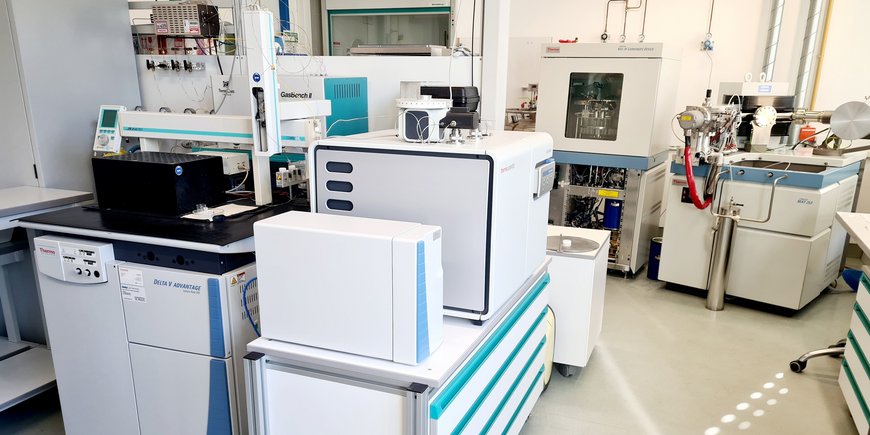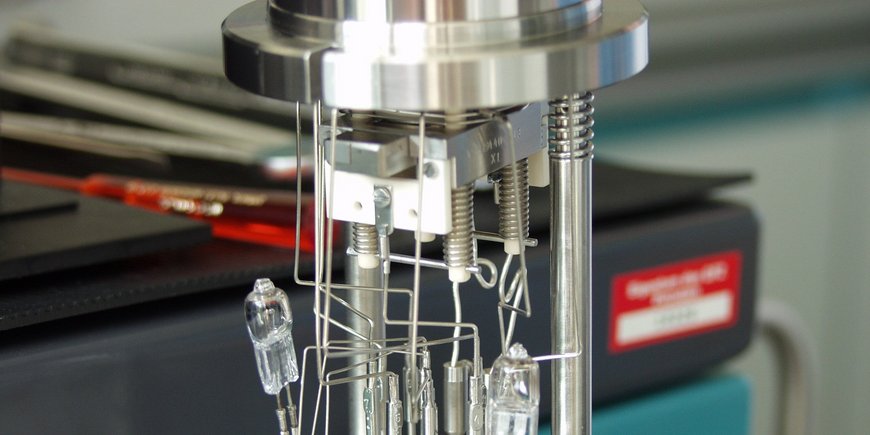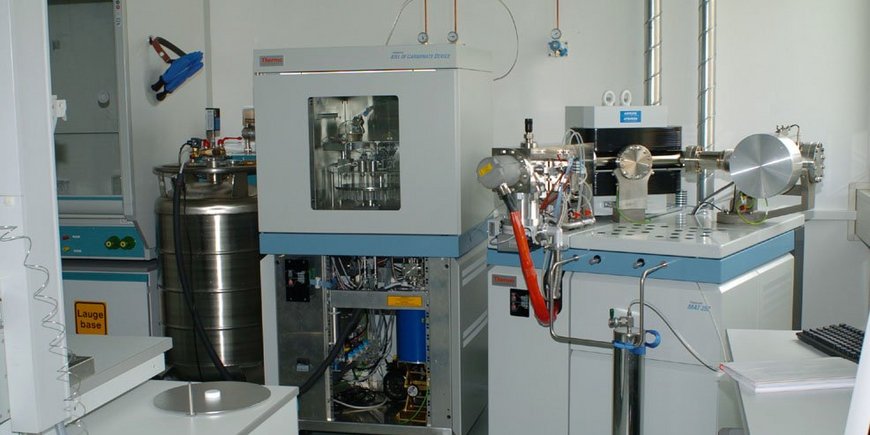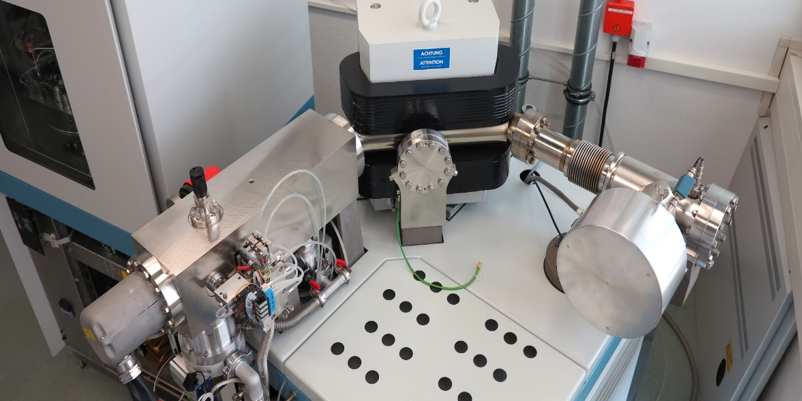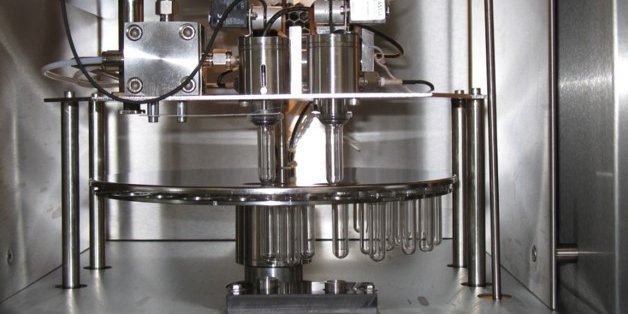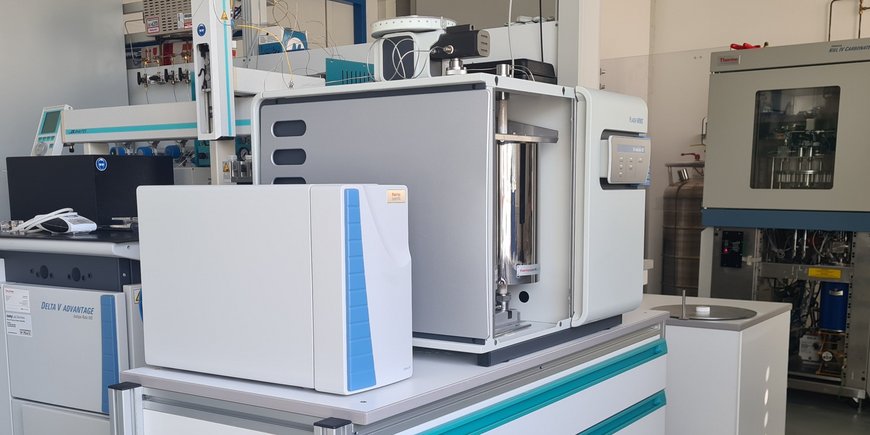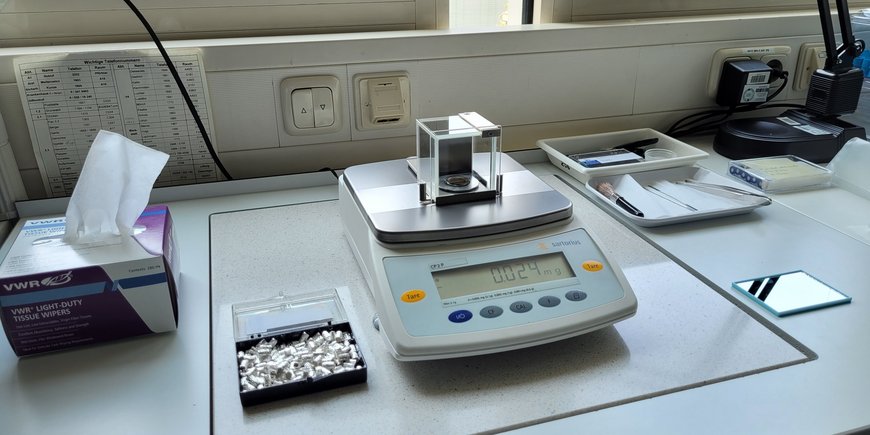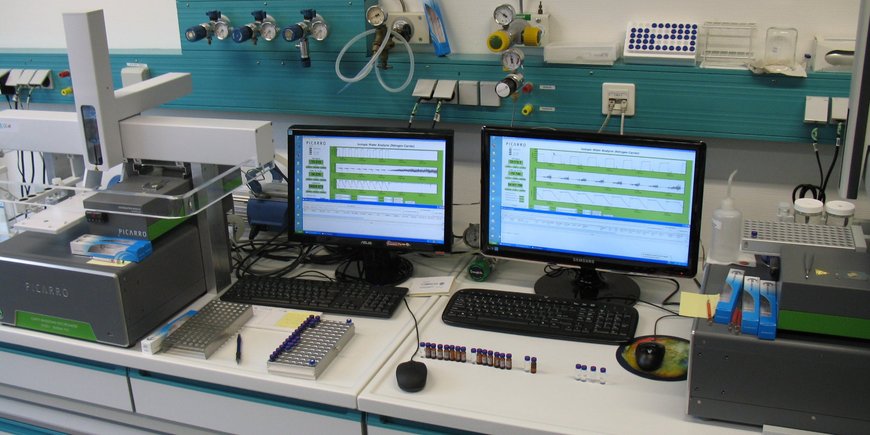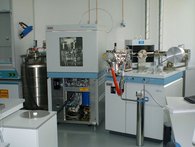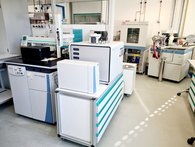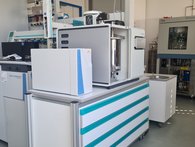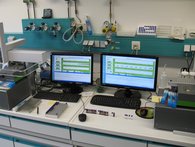Laboratory for stable Isotopes (sediments and water)
We measure the stable isotopes of the light elements carbon (C), nitrogen (N), oxygen (O) and hydrogen (H) in continental geoarchives such as lake sediments and speleothems as well as in precipitation and surface water.
Stable isotopes are non-radioactive nuclides of an element with the same number of protons and different numbers of neutrons and thus different atomic masses. This results in different physical properties that can lead to a shift in the isotope ratios in a substance (in our case water, organic matter or carbonate). These isotope ratios leave fingerprints of past environmental conditions and can indicate changes in precipitation, temperatures, vegetation or organic productivity in our archives.
Shifts in isotope ratios during natural processes are often very small. These changes can be measured very accurately using isotope ratio mass spectrometers (IRMS) or cavity ring down spectroscopy (CRDS).
Reference: "Vom Monitoring zum Klimaarchiv" | https://doi.org/10.2312/GFZ.syserde.07.01.2


